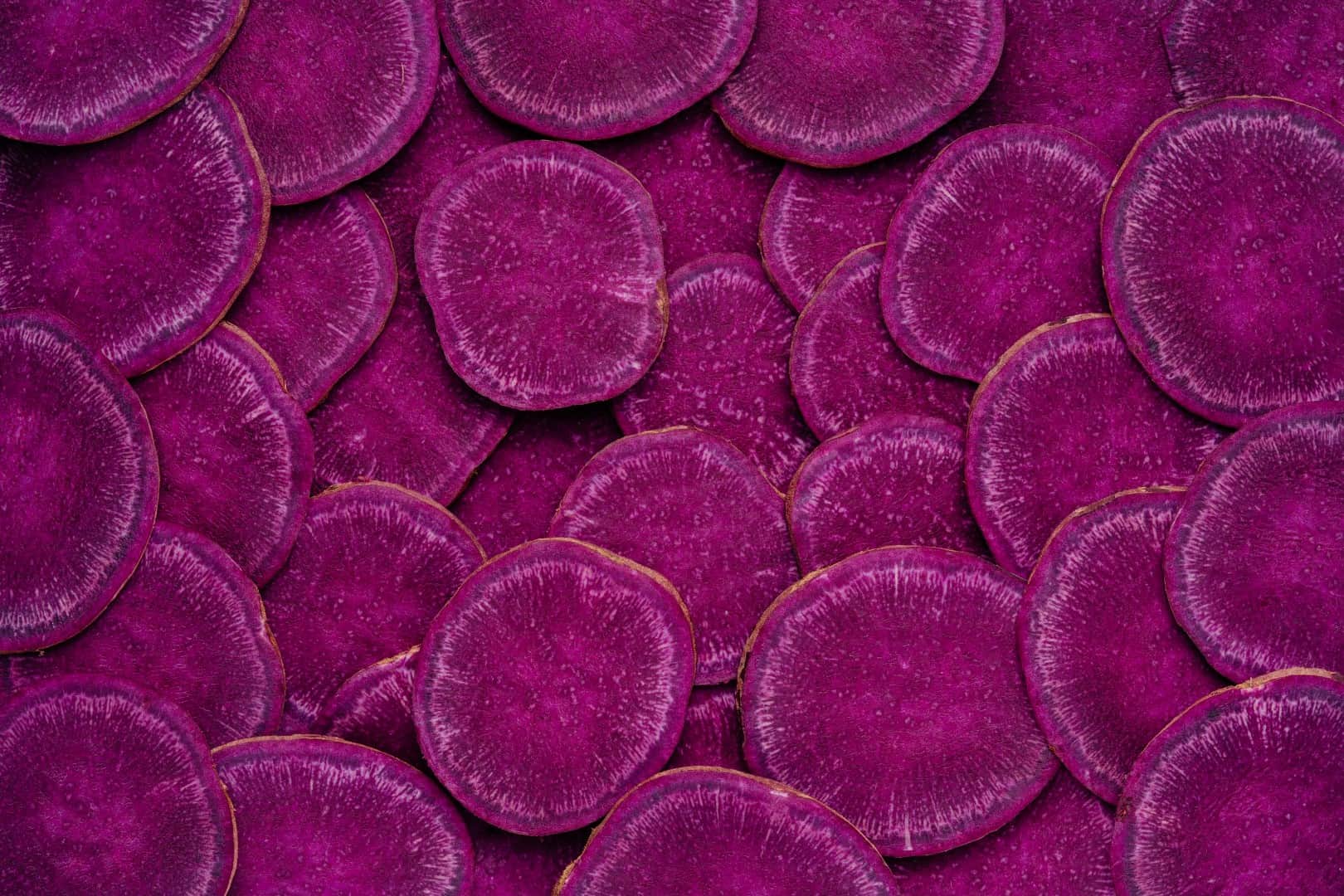
Purple Yam, commonly known all over the world by its Filipino name ube (pronounced “ooh-beh”), is one of the Philippines’ most beloved ingredients. And with Filipino cuisine currently experiencing a boom globally, adventurous eaters all over the world are falling in love with it too.
Ube, like potatoes and taro, is a tuber, defined by the Oxford Dictionary as “a much thickened underground part of a stem or rhizome serving as a food reserve and bearing buds from which new plants arise.” It comes from the dioscorea plata variety that is distinct for its vivid violet-purple to bright lavender tuber, although some are cream or plain white.
Based on archeological evidence, purple yam was first cultivated in New Guinea and was later on propagated throughout islands in Southeast Asia. The Philippines currently takes credit for its origin since it has become synonymous with Filipino cuisine. It is normally grown in small patches of land, particularly in Ilocos, Southern Tagalog, Bicol, Central Visayas, and Northern Mindanao.
Felice Prudente Sta. Maria, a well-known Filipino food historian, points out that there is no written documentation indicating when ube was first used in desserts. However, the first Spanish-Tagalog dictionary published in 1613 described ube (or uvi) as a type of sweet potato. In 1918, the second earliest Filipino cookbook surfaced and while it did not contain an ube jam recipe, it does have a recipe for pumpkin jam (jalea de calabaza) which Sta. Maria deduced is the same procedure used for ube jam.
Ube jam or halaya is a favorite dessert during fiestas and the Christmas season where it has become typically exchanged as a gift. Cooked slow until the tough flesh is tender, ube is a typical component alternated with taro in the traditional Filipino merienda (mid-afternoon snack) ginataan, a sweetened coconut milk “stew” of sweet potato, bananas, sago (tapioca pearls), and bilo-bilo (sticky rice balls). It is processed into powder, chips, and puree, then used to flavor western and traditional desserts, especially local pastries such as puto, bibingka, leche flan, suman, pastillas, and many more.
Folk medicine has used ube to treat the symptoms of menopause, osteoporosis, rheumatoid arthritis, and infertility. In traditional Chinese medicine, diosgenin (the tuber storage protein of ube) is extracted from wild yam and used to treat kidney and liver problems. The Philippine purple yam is a healthier alternative to other yams because they are high in antioxidants; Vitamins A, C, and E; and with high levels in potassium. And, because it is high in fiber, ube encourages healthy digestion.

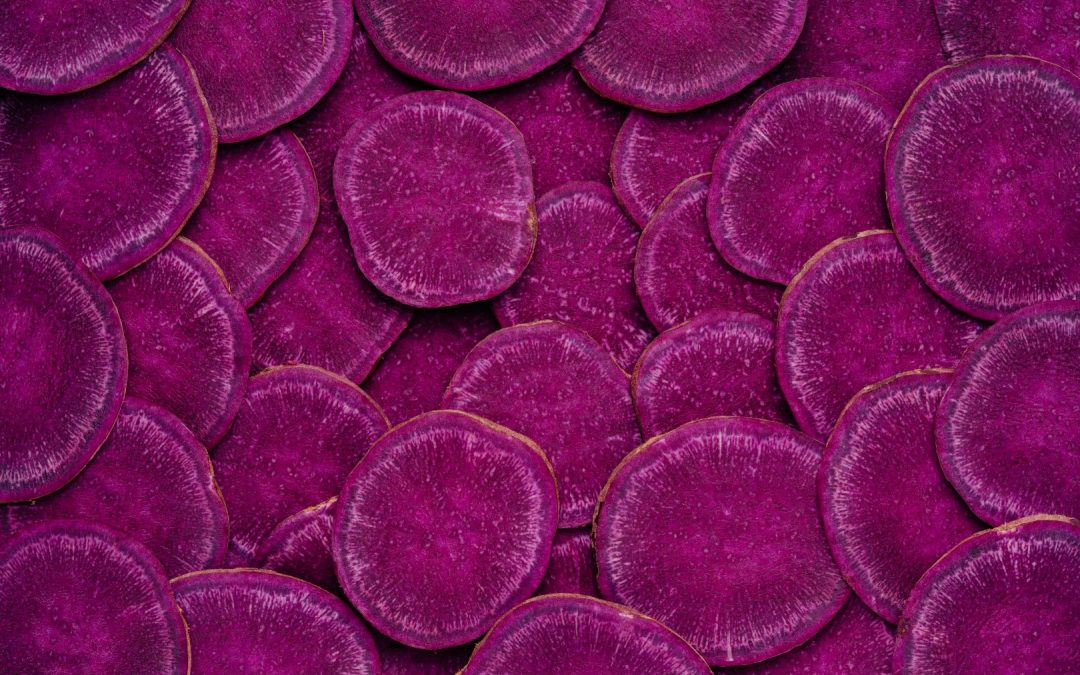
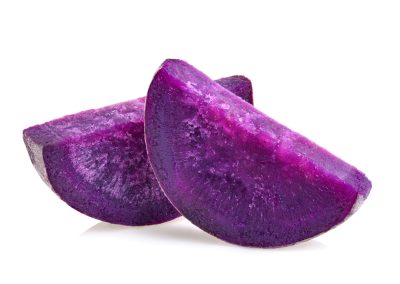
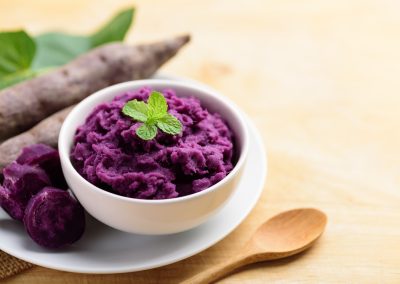


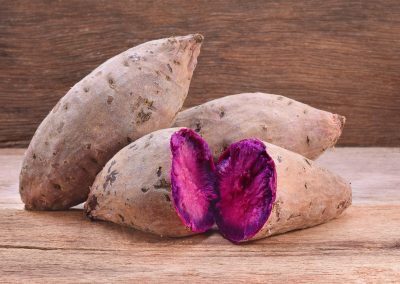
Recent Comments